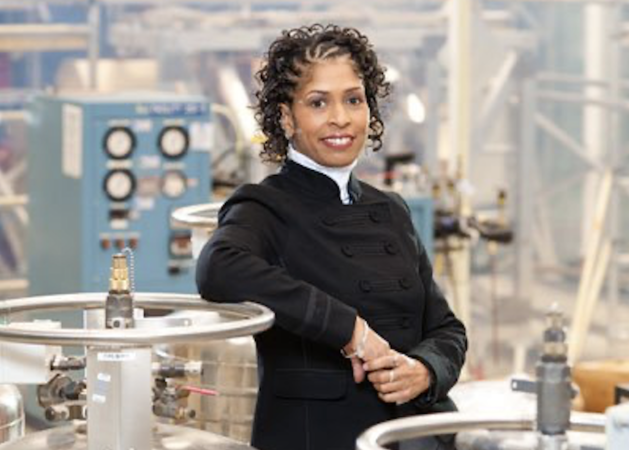Aerospace engineer Aprille Ericsson-Jackson utilized her life-long career as a trailblazer to break barriers in STEM. It is through her life’s work that she’s been able to open doors for young Black women pursuing paths across science, technology, engineering, and mathematics while also advocating for more diversity.
Ericsson-Jackson was born in Brooklyn, New York in 1963. As a child she developed a love for STEM watching Apollo missions and participating in science fairs that would dictate her educational and career choices later down the line.
At age 15, she moved to Cambridge, Massachusetts to live with her grandparents and attended the Cambridge School of Weston. From there, Ericsson-Jackson was accepted into the UNITE (now MITE—Minority Introduction to Engineering, Entrepreneurship, and Science) program that set her up to pursue a B.A. degree in aeronautical/astronautical engineering at the Massachusetts Institute of Technology (MIT), Face2Face Africa reports.
She continued her educational pursuit at esteemed HBCU Howard University to earn a master’s degree in engineering. She then went on to obtain her Ph.D. in mechanical engineering, aerospace, making her the first Black woman at the university to do so.
Her remarkable accomplishments prompted fellowships and grants to pour in from many prestigious sponsors, including the NASA Goddard Space Flight Center Coop, the NASA Center for Studies of Terrestrial and Extraterrestrial Atmospheres, the Wright Patterson Air Force Laboratories, the Dorothy Danford Compton Dissertation, the NASA DC Space Grant Consortium, Patricia Roberts Harris, and the Pacific Telesis Foundation, according to Face2Face Africa.
Ericsson-Jackson led a career of more firsts as she was also the first Black woman to receive a doctorate in engineering from the National Aeronautics and Space Administration’s (NASA) Goddard Space Flight Center. There she spent a great deal of her career helping NASA refine their global understanding of the sun-earth connection, earth, and space science.
Outside of her outstanding achievements as an engineering pioneer, Ericsson-Jackson has also made it her mission to mentor and prepare the next generation of Black women in STEM to carry the torch.
According to the Library of Congress, she sought out a new mission to reach out to young girls in STEM, which happens to be the largest population of math and science underachievers.
“It’s not that they’re incapable,” she said as reported by the Library of Congress. “It’s just that they have been unwittingly discouraged from succeeding in these fields.”
In her pursuit, she also cited sources proving that fifth grade girls and boys maintain almost identical scores in these areas, until sixth grade where girls’ scores drop due to the social pressures of middle school.
“This downward spiral is especially severe for girls of color, girls with disabilities, girls living in poverty and girls who are learning English as a new language,” she noted. “The United States cannot afford to lose more than half of its talent and the fresh perspective that women and minorities can bring to these critical fields. We must work together across the boundaries of skin color and gender.”
Ericsson-Jackson to this day is highly celebrated for her accomplishments in STEM that have paved the way for herself and others like her.
Capitol Technology University reports that she was recognized as one of the Top 50 Minority Women in Science and Engineering by the National Technical Association and received a NASA Goddard Honor Award.
She was also elected to the Howard University Board of Trustees back in 2004, and earned a Science Trailblazers Award from the Black Engineers of the Year Award Conference.

